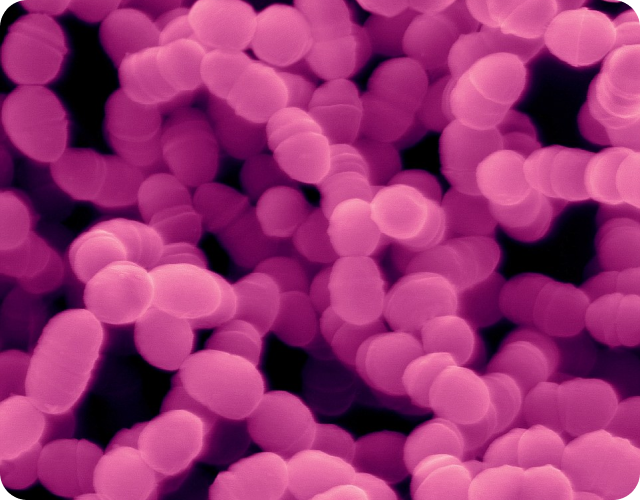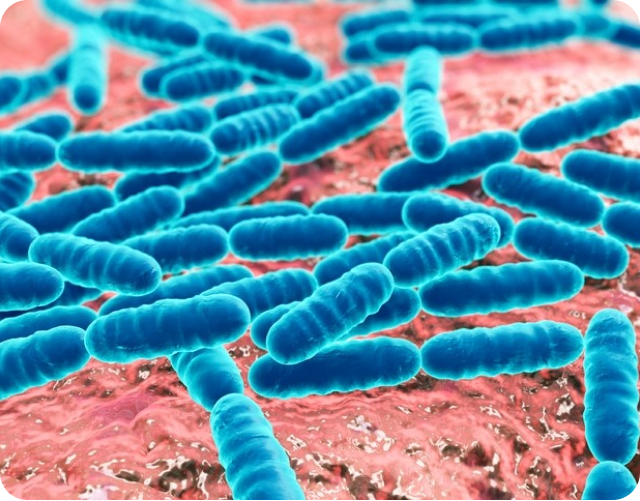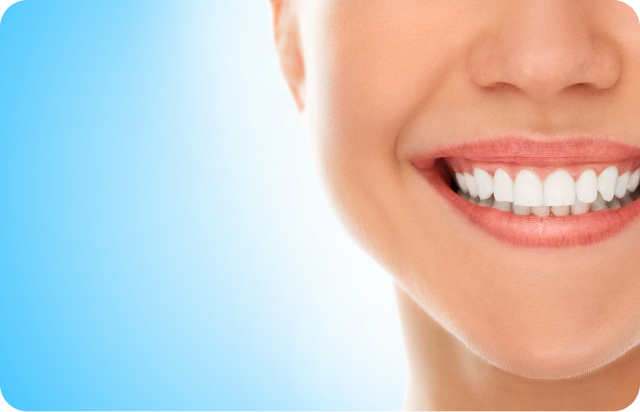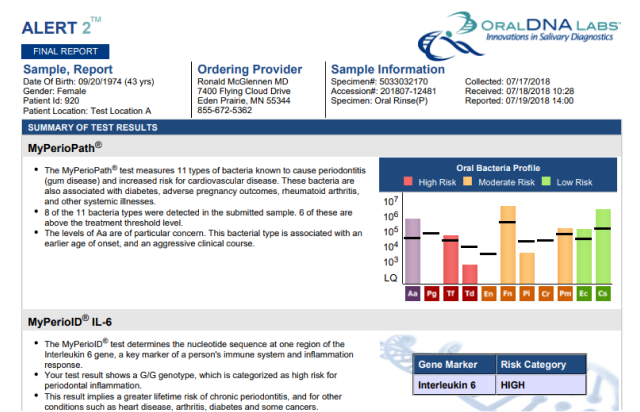
Dental caries, commonly known as cavities, is a bacterial infection that causes the demineralization of the tooth enamel, leading to the formation of a cavity. The primary cause of dental caries is the presence of certain bacteria in the oral microbiome, mainly Streptococcus mutans and Lactobacillus acidophilus. These bacteria metabolize carbohydrates and produce acids, which can erode the tooth enamel and create an environment conducive to cavity formation.

Dental caries, commonly known as cavities, are caused by the interaction of certain bacteria, such as Streptococcus mutans, with dietary sugars. These bacteria produce acids that erode tooth enamel, leading to the formation of cavities. The development of dental caries is influenced by a variety of factors, including diet, oral hygiene, and genetics.
Recent research has shown that the composition of the oral microbiome can play a significant role in the development of dental caries. When the balance of the microbiome is disrupted, harmful bacteria can proliferate and contribute to the development of cavities.


The oral microbiome is a complex ecosystem of microorganisms that exist within the human mouth. These microorganisms play a vital role in maintaining oral health, but when the balance of the microbiome is disrupted, it can lead to dental caries, or cavities.
The bacteria and microorganisms that make up the oral microbiome play a variety of roles in oral health. Some bacteria, primarily Streptococcus mutans, produce enzymes that can break down harmful substances in the mouth, while others, like Lactobacillus species, can produce acid that can erode tooth enamel, both causing dental caries. Still, other bacteria, such as Porphyromonas gingivalis, can contribute to the development of periodontal disease a severe form of gum disease that can lead to tooth loss.
Maintaining a healthy oral microbiome is essential for preventing dental caries. This can be achieved through proper oral hygiene, including brushing twice a day, flossing daily, and using mouthwash. Eating a balanced diet that is low in sugar can also help to promote a healthy microbiome.

Streptococcus mutans is a type of bacteria commonly found in the oral cavity, particularly in the dental plaque on teeth. It is known to be a primary contributor to dental caries, also known as tooth decay or cavities. S. mutans is a Gram-positive bacterium that can ferment dietary sugars, producing acids that can erode tooth enamel and lead to the formation of cavities. S. mutans is a facultative anaerobe, which means it can survive in both oxygen-rich and oxygen-poor environments. It has a unique ability to adhere to tooth surfaces, particularly in areas where dental plaque accumulates, such as the pits and fissures of teeth, and can form biofilms or colonies that are difficult to remove through regular oral hygiene practices, such as brushing and flossing.
This bacterium is considered one of the major cariogenic (cavity-causing) bacteria in the oral cavity and is often associated with the initiation and progression of dental caries. Factors such as frequent consumption of sugary foods and beverages, poor oral hygiene, reduced saliva flow, and genetic predisposition can increase the risk of S. mutans colonization and the development of dental caries.



Lactobacillus species are a group of Gram-positive bacteria that are classified as lactic acid bacteria. They are facultative anaerobes, meaning that they can survive in both aerobic (oxygen-rich) and anaerobic (oxygen-poor) environments. Lactobacillus species are known for their ability to produce lactic acid as a metabolic byproduct of carbohydrate fermentation, which gives them their name.
Lactobacillus species are commonly found in various environments, including the human body. They are considered to be part of the normal human microbiota, particularly in the gastrointestinal tract, oral cavity, and female reproductive tract. They play important roles in maintaining the health of the host through various mechanisms, including producing antimicrobial substances, competing with harmful bacteria for nutrients and adhesion sites, and modulating the host's immune response.

The oral microbiome plays a crucial role in maintaining oral health, and imbalances in the microbiome can contribute to the development of dental caries. Proper oral hygiene and a balanced diet can help to promote a healthy microbiome, and salivary testing can help to identify imbalances that may need to be addressed. At Dentulu, we are committed to helping our patients maintain a healthy oral microbiome to prevent dental caries and other oral health issues.



Generally, a salivary testing report will include the patient's identifying factors such as age, name, gender, and the date of the test. Next it will identify the testing results which could include inflammatory markers, oxidative stress markers, and genetic markers. Finally it will include a section on interpreting your results.
At Dentulu, we highly recommend each patient to schedule an appointment with their general dentist or primary care physician, or one of our highly trained Dentulu Teledentists who can discuss with you and assess your current dental and health conditions as well as prior health history to come up with the most appropriate care plan for your needs.
See Sample ReportIt’s simple! Click the link below, choose the package you'd like, follow the prompts, and have the kit delivered right to your door!
Once your test results come in, you can interpret the results yourself, follow up with your regular dentist, or schedule a consultation with one of our Dentulu Teledentists from your computer or mobile device at any time that is convenient for you!
 Interpreting Your Test Results
Interpreting Your Test Results
